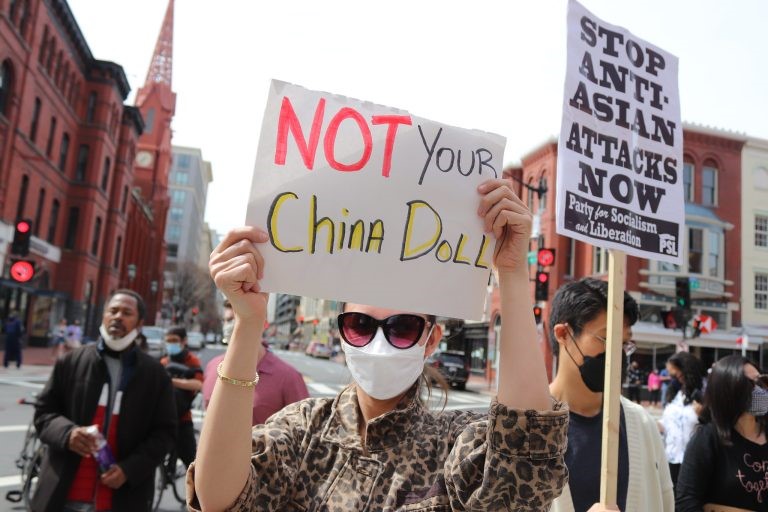
Stop Anti-Asian Violence! Stop China-Bashing! Washington, D.C. Rally. Photo: Elvert Barnes 2021.
May has been designated “Asian American, Native Hawaiian and Pacific Islander Month” in the United States, one of several months designed to celebrate America’s growing ethnic diversity.Once used primarily to describe Americans of East Asian heritage, “Asian American” has become a catchall in recent years, used by journalists, advocacy groups, government agencies and others to describe all manner of Asians. Yet not all Asian Americans embrace it with equal zeal.

More than two decades into her American journey, Shamarukh Mohiuddin navigates the crossroads of culture and identity.
A Washington-area business consultant by day, Mohiuddin supports Asian American causes, performs with a dance group at the capital’s annual Fiesta Asia and checks “Asian” on forms. Yet, the label doesn’t quite fit.
She prefers “Bangladeshi American,” a term that resonates more deeply with her and her Bangladeshi friends.
“Most of my friends, when they hyphenate their heritage, they will usually use their own country’s name, so it will be like Indian-American or Bangladeshi-American or Filipino-American,” Mohiuddin said.
May has been designated “Asian American, Native Hawaiian and Pacific Islander Month” in the United States, one of several months designed to celebrate America’s growing ethnic diversity.
Once used primarily to describe Americans of East Asian heritage, “Asian American” has become a catchall in recent years, used by journalists, advocacy groups, government agencies and others to describe all manner of Asians. Yet not all Asian Americans embrace it with equal zeal.
“Some people reject it because it’s too broad and it doesn’t kind of recognize or acknowledge difference, but I still think for some people it’s a very meaningful category and identity as well,” said Dina Okamoto, a sociology professor at Indiana University and author of a book on the development of Asian American identity.
Activists coin ‘Asian American’
The term “Asian American” emerged in 1968, coined by activists Yuji Ichioka and Emma Gee at the University of California, Berkeley. Previously, Asian Americans were identified by their country of origin, when not derogated as “Orientals.”
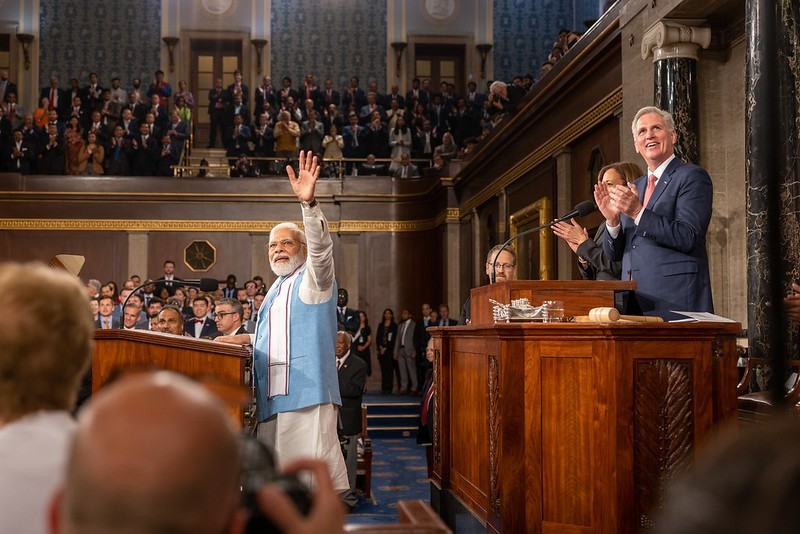
Ichioka and Gee, driven by the anti-racism and anti-war movements of the 1960s, created the pan-ethnic label to promote political solidarity among America’s disparate Asian groups that shared similar experiences of racism and discrimination.
“It originated as an umbrella term to encompass all the people of Asian ancestry in the United States, but more than being a simple marker of multiple ethnicities, it signified a political stance,” said Daryl Joji Maeda, a cultural historian at the University of Colorado and author of a book on the Asian American movement of the 1960s and 1970s.
In the decades since, the term has largely shed its political connotations and evolved into a simple label for identifying people of Asian ancestry. The change was in part driven by the government’s adoption of the term, including the addition of a new “Asian or Pacific Islander” category to the 1990 census questionnaire.
“Today, that meaning of Asian American predominates,” Maeda told VOA via email.
But the term has taken on a broader meaning as America’s Asian community has grown more diverse, thanks to increased immigration from South and Southeast Asia. Where America’s Asian community was once made up mainly of Chinese, Japanese and Filipinos, today it encompasses dozens of nationalities, numbering about 24 million people.
As a result, Maeda said, “it would be disingenuous or naïve to think that Asian and Asian American refer only to descendants of people from East Asia.”
In popular discourse, the term is gaining traction. Advocacy groups, cultural organizations, school districts and government agencies are increasingly employing the label to describe all people of Asian heritage, not just East Asians. In school districts with large South Asian students, Indian, Pakistani and Bangladeshi students are often described as Asian.
Yet “Asian American” doesn’t always reflect how members of the community see themselves.
Pew studies self-identification
To find out how Asian Americans self-identify, Pew Research conducted the largest survey of its kind last year: only 12% picked “Asian” and 16% “Asian American,” while over half, or 52%, preferred specific ethnic labels like “Chinese” or “Indian,” with or without “American.”
Usage of “Asian” as an identifier varied across ethnicities, however. For example, 23% of smaller groups such as Bhutanese and Bangladeshis preferred “Asian,” nearly double the overall rate, according to the Pew survey. By contrast, individuals from larger groups such as Chinese and Indian Americans favored ethnic labels.
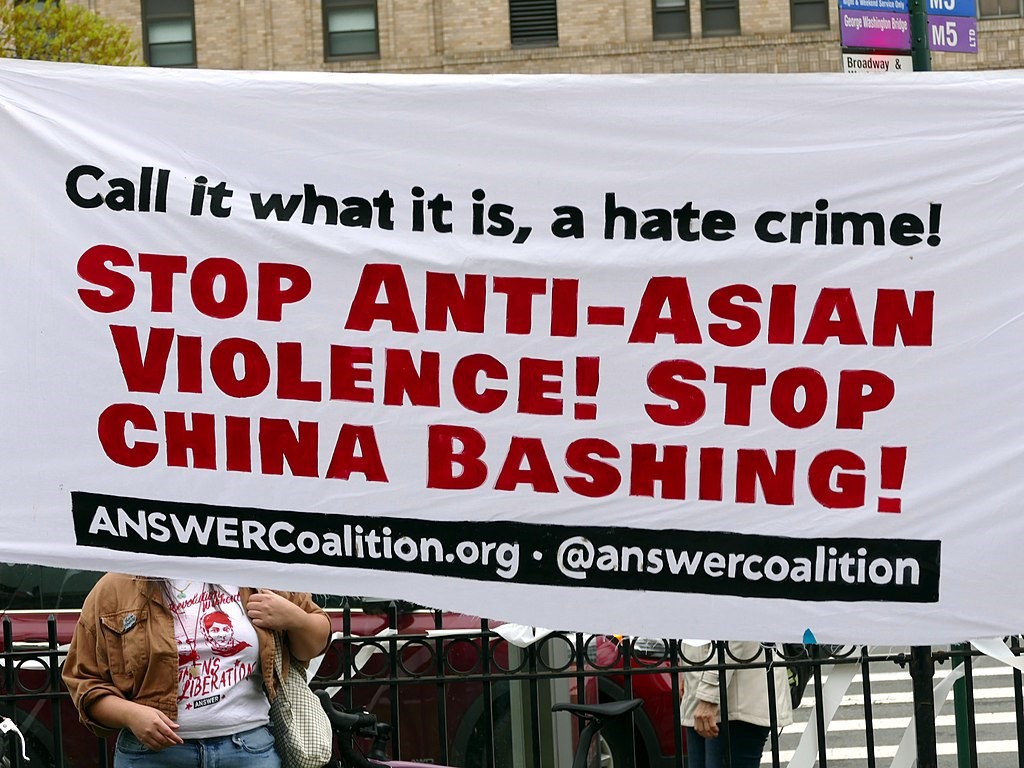
Sahana Mukherjee, associate director of race and ethnicity research at Pew Research Center, said “Asian” is often used by individuals from lesser-known groups because of its broader recognition.
“It’s a lot easier for them to use the term Asian instead of their ethnic label,” Mukherjee said in an interview with VOA.
Yet the term “Asian” still conjures associations with East Asia. Among Asian Americans surveyed by Pew, 89% equated it with East Asians, 67% with South Asians, and only 43% with Central Asians.
Some confuse Indian with Native American
Nikhil Bumb, the U.S.-born son of immigrants from India, said when he was growing up in South Carolina in the 1990s and 2000s, the term “Asians” was primarily associated with East Asians.
“At several points, I was told I wasn’t Asian,” said Bumb, now a managing director at FSG, a nonprofit consulting firm. “So I guess what [Asian] meant for most people was East Asian. That’s how it was commonly used.”
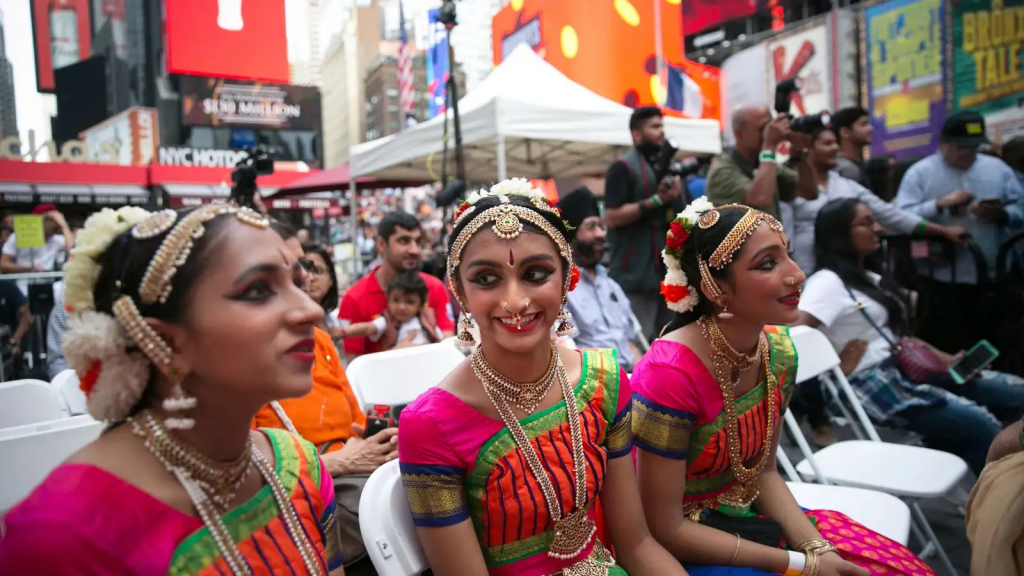
He identified as Indian American, but it too presented its own problems: some people confused the term with Native American.
“I think now it is better understood that Indian American refers to folks from the country India … but growing up certainly there was a lot of confusion,” Bumb said in an interview with VOA. “Whenever you would say, ‘I’m Indian’ or ‘My parents are Indian,’ folks would say, ‘But you don’t seem Indian.'”
‘You don’t look Asian’
To Ayeshah Alam Khan, a Pakistani American activist and lifestyle coach based in Texas, being Pakistani has always meant being Asian, if not South Asian.
So it came as a bit of a culture shock when, after relocating to the U.S., she started drawing puzzled looks whenever she introduced herself as “Asian.”
“People would look at me and kind of go, ‘Oh, you don’t look Asian,'” Khan, a former model and radio and TV presenter in Pakistan, said.
Khan is fair in complexion, thanks to her mixed Pakistani and European heritage. But it was the “East Asian” stereotype, she said, not her skin tone, that sparked confusion.
“I realized they actually meant that I should look, per their conception, either Chinese or Japanese or Korean, or what we consider the Far East,” Khan said.
Until the public gains a more sophisticated understanding of Asian diversity, she said, the term “doesn’t really serve anyone at this point.”
For now, though, she sticks to Pakistani or South Asian American, as do her friends, she said.
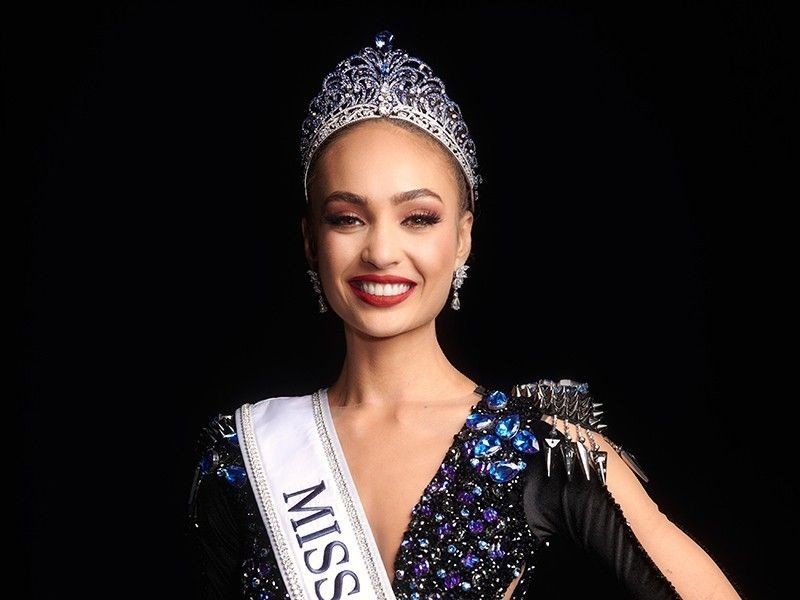
Okamoto of Indiana University said she has observed an improved American understanding of Asian diversity. Early in her career, she said, she used to get questions about South Asians being part of the Asian category, but not anymore.
“I don’t know if they’re surprised now,” she said.
Mohiuddin, who graduated from the University of Maine in the early 2000s, said she too has seen signs of change in recent years. Asian American groups, though still largely led by East Asian Americans, are increasingly adding South Asians in their ranks and reaching out to the broader Asian diaspora.
Mohiuddin recalled seeing several South Asians while attending a recent fundraiser hosted by Asian Americans Advancing Justice.
“So I think that it is changing slowly,” she said.